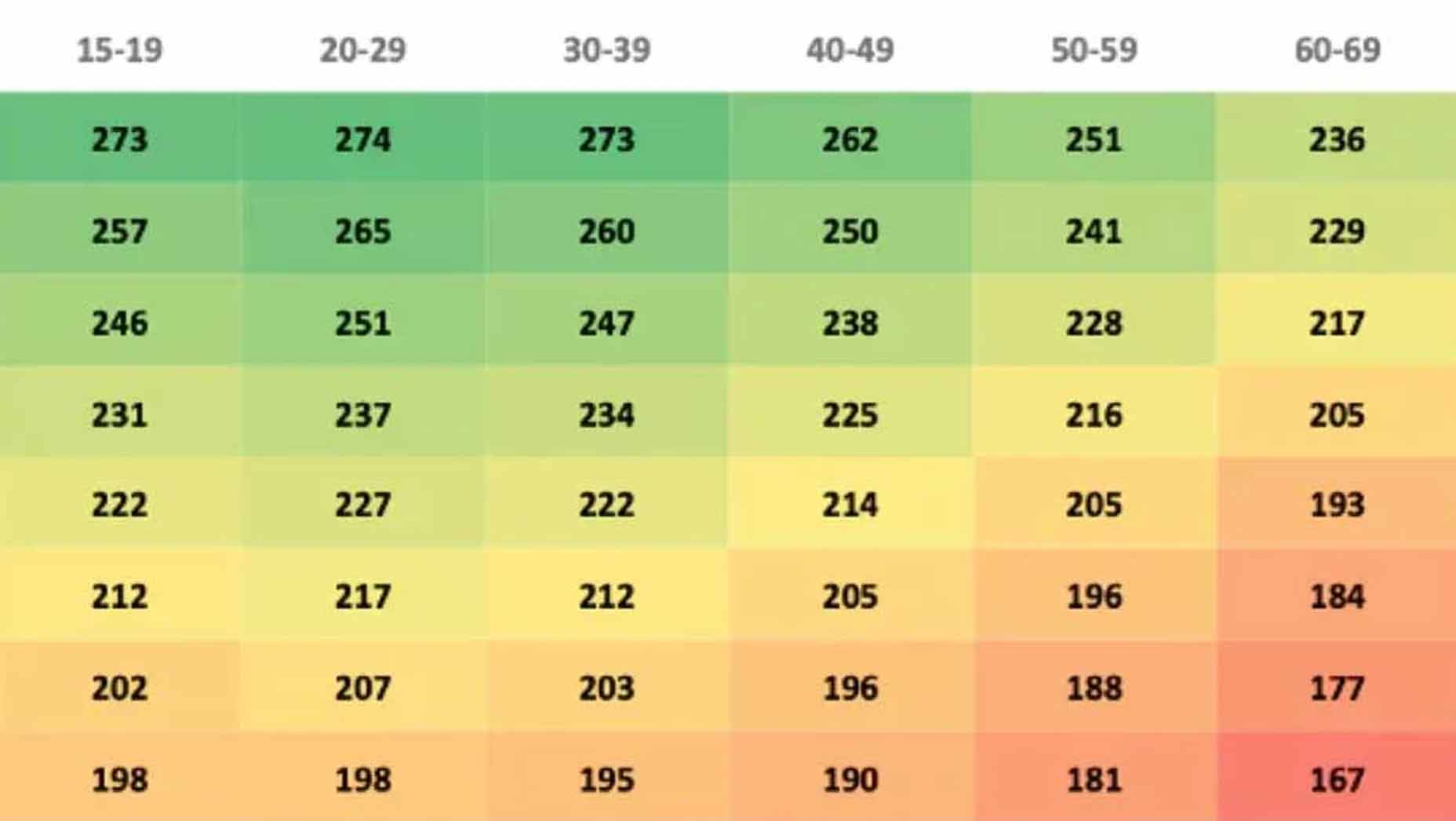As USGA and R&A executives talked through their golf-ball rollback proposal last week, at least one thing became very clear: the game’s overlords had no interest in dialing back distance for the vast majority of amateurs.
Good thing, because…well, you and your weekend golf buddies probably don’t feel like you’re overpowering most, if any, courses. If you’re like most amateurs, you don’t need less pop, you could do with far more of it. We know this truth to be self-evident from the Distance Insights Report, which the USGA & R&A published in 2019.
According to data in that study, the average driving distance for amateur male “club” golfers in 2019 was 216 yards; for female club players that figure was 148 yards. With those distances — forget 7,000-yard courses, even 5,000-yard courses would be under no threat of extinction.
The data in that report, which also included other years dating to 1996, was collected in the UK, with roughly 1,700-2,000 drives measured annually for male amateurs and 200-300 for females.
But now there’s an even more comprehensive (and recent) data set — not from the governing bodies, but from shot-tracking app Arccos.
In 2022, the company said its users recorded more than 3.5 million rounds and 184 million shots, which allowed Arccos to produce its own distance study for the men’s amateur game. Arccos’ findings, which it published this week, are based on 20 million driver swings, dwarfing the governing bodies’ Distance Report sample set. In a fun wrinkle, Arccos shared not only distance numbers sorted by age and handicap but also accuracy figures.
Let’s dive in!
First, the obvious stuff: better players hit the ball farther, as do younger players. The longest hitting group, at 274 yards per poke, are plus-handicaps in their 20s, while the shortest hitting group, with a 157-yard average driving distance, are 30-plus handicaps in their 70s.
Now let’s look at average golfers. According to the USGA, the average Handicap Index in the U.S. is 14.1. In that subsection of handicaps, here’s how average driving distances break out by age group in Arccos’ study: 20s = 237 yards; 30s = 234 yards; 40s = 225 yards; 50s = 216 yards; 60s = 205; and 70s = 194 yards.
The takeaway: Yep, you probably don’t hit your drives as far as you think you do.
Perhaps even more interesting are Arccos’ driving accuracy stats.
Again, looking at the “average” golfer set, players in their 20s hit just 39% of their fairways in 2022. But older golfers do better: 30s = 40%; 40s = 44%; 50s = 47%; 60s = 51%; and 70s = 56%.
The takeaway: Losing distance stinks, but look at the bright side — as you become less flexible and powerful, you’re statistically more likely to find the short stuff.
The power-and-accuracy sweet spot among all ages and handicaps? That distinction goes to plus-handicaps in the 15-19 age group. According to Arccos’ data, this select group of sweet swingers averaged 273 off the tee while hitting 53% of their fairways.
Ah, to be young again. Well, young and really, really good.
